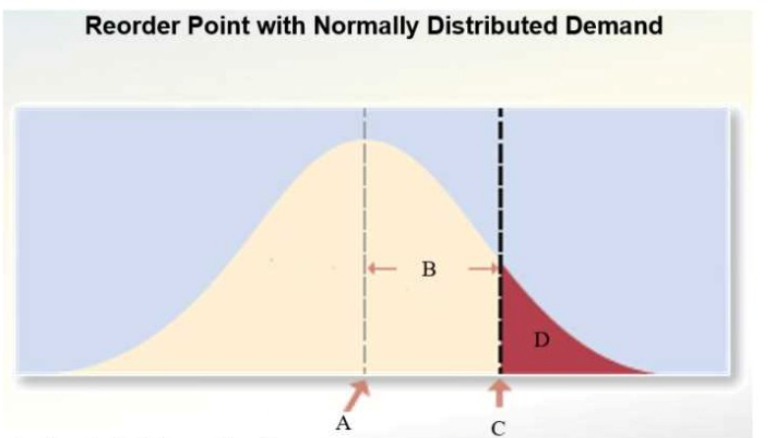ISM INTE - Supply Management Integration
FGH, Inc. is a beverage manufacturer. FGH is having difficulty coordinating daily delivery requirements of bottles from Supplier X. Delivery schedules are set weekly, but often need to be changed. However, the supplier has otherwise established itself as reliable. In the hope of speeding up the replenishment process and reducing coordination efforts, FGH is prepared to share production and inventory information with Supplier X. In this situation, which of the following should FGH implement with Supplier X?
A manufacturing firm is preparing a materials requirement plan for the next six weeks. The information is as follows:
Master Production Schedule
Week123456
Item A51015202530
Other Relevant Information
ItemItem's ParentItem's Lead TimeItem's Lot SizeItem's Current Inventory
ANone1 weekLFL20
BA2 weeks105
CB3 weeks205
How many levels does the product structure have in the bill of materials?
Which of the following is the PRIMARY benefit of project governance?
Material accumulated for a well-defined future need is called
Selection of a supplier takes place during which of the following phases of the project management process?
A large retailer and one of its suppliers establish a process to combine intelligence from both organizations in order to improve product availability while reducing inventory, transportation, and logistics costs. This process is known as which of the following?
DEF, Inc. is in the ramp-up phase of a unique medical device. The device has a two-year life expectancy. The sales forecast for the ramp-up period is as follows:
MonthJulAugSepOctNovDecJanFeb
Unit Sales1001502006001,4002,2004,00010,000
Demand after February is expected to remain at 10,000 units per month for several months, then decrease gradually. The units are small, and thus maintaining an inventory of up to 10,000 units is possible.
There are only three suppliers capable of providing the specialized component critical to this product. The production capacities of these suppliers are as follows:
•Supplier X has a capacity of 500 units per month at a cost of S20 per unit, representing 80% of its total business
•Supplier Y has a capacity of 2,000 units per month at a cost of S2O.5O per unit, representing 50% of its total business
•Supplier Z has a capacity of 20,000 units per month at a cost of $20.70 per unit, representing 10% of its total business
Two of these companies—Supplier X and Supplier Y—are minority businesses.
Given this situation, DEF should contract with
A firm sells an average of 2,000 units of snacks from its existing stock while it waits for orders to be delivered. Demand during lead time varies in accordance with a normal distribution. The firm's supply manager prepares a presentation to explain the concept of customer service and safety stock levels using the following figure:

What does the shaded area D (in red) represent?
Over the past 90 days, a buying company's manufacturing engineers have reported an increase in the number of defective parts received from a key supplier. The engineers report that there are three different types of defects occurring, and that they are all being discovered during production. The supplier states that it does not have enough resources to assess the root cause of the three types of defects all at one time. Which of the following should the buying firm do in this instance?
A supply manager is part of a ramp-up team for a new product line. The supply manager's role will include finding and evaluating new sources and obtaining commitments to support the volume projected by marketing. In recent campaigns, sales forecasts have been considerably higher than actual demand, and the supply manager wants to minimize the risk of such a situation happening again. Which of the following arguments made by the supply manager will MOST likely influence the team to re-examine product launch expectations?



